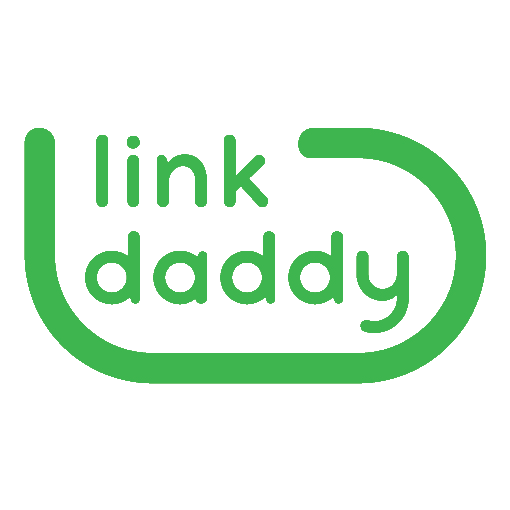
The Uncertain Future of TikTok in the US Advertising Landscape
TikTok has evolved into a social media powerhouse, generating approximately $30 billion in expected ad revenue. However, the emerging uncertainty surrounding its operations in the U.S. has left advertisers, small businesses, and creators grappling with potential future challenges. With the U.S. government moving closer to possibly banning the app due to national security concerns, this raises pivotal questions about the adaptability of brands and influencers to this rapidly changing environment.
The Significance of TikTok in Digital Marketing Strategies
As one of the most effective platforms for engaging Gen Z and millennials, TikTok has transformed advertising dynamics, with its interactive and viral culture allowing brands to connect meaningfully with an audience that is difficult to reach through traditional methods. Data from eMarketer projects TikTok to capture 15.1% of U.S. social network ad spending by 2024, underscoring its vital role in digital marketing strategies.
The Ripple Effect of a Potential Ban on Advertising
If TikTok were to be banned, the reverberations would be substantial not just for the platform but also for its users, advertisers, and associated businesses. Experts warn that a permanent ban could disrupt social commerce growth, which saw a remarkable increase of 26% in 2024. Such a loss might surpass $1 billion per month for small businesses dependent on the TikTok Shop feature, which streamlined the online shopping experience directly within the app.
Alternative Platforms: The New Advertising Frontiers
Should TikTok become unavailable, marketers are exploring alternative platforms such as Instagram Reels, YouTube Shorts, and Snapchat to relocate their advertising budgets. This pivot represents both a challenge and an opportunity, as emerging platforms could benefit from less crowded advertising landscapes while offering unique engagement strategies. Brands must remain agile to successfully navigate this transition and maintain connection with their target demographics.
Influencer Culture in Flux
The potential ban also poses significant implications for influencer marketing—a key component of TikTok's engagement strategy. Many micro-influencers, who have built their careers on TikTok, are now faced with the need to re-establish their presence across other platforms. This challenge will require them to encourage audience migration to alternative channels, which may not yet provide the same level of engagement and virality.
Preparing for the Change: Strategies for Marketers
As uncertainty looms, it’s essential for brands to proactively adapt their marketing strategies. Here are actionable insights for marketers looking to stay ahead:
- Diversify Your Presence: Build a robust online footprint across multiple platforms, ensuring you are not overly reliant on any single app.
- Engage Your Audience: Use email and SMS databases to communicate directly with your customers, fostering loyalty beyond social media.
- Content Repurposing: Archive TikTok content for use across alternative platforms, tailoring messaging that fits each channel's unique characteristics.
- Monitor Market Trends: Keep a close watch on shifting consumer behaviors as they navigate between platforms to adjust your strategies appropriately.
- Explore New Advertising Models: Leveraging platforms with proven social commerce models is critical in moving forward without missing opportunities.
In this evolving landscape, adaptability is imperative. The lessons learned from TikTok's rapid ascent can guide businesses in anticipating changes, preparing contingencies, and ultimately thriving in a post-TikTok world.
To effectively navigate these uncertainties, companies need to stay informed on market shifts, adjust their strategies accordingly, and recognize the value of diversifying their marketing efforts. By doing so, they can safeguard their brand’s future and continue connecting with their audiences effectively.
 Add Row
Add Row  Add
Add 




Write A Comment